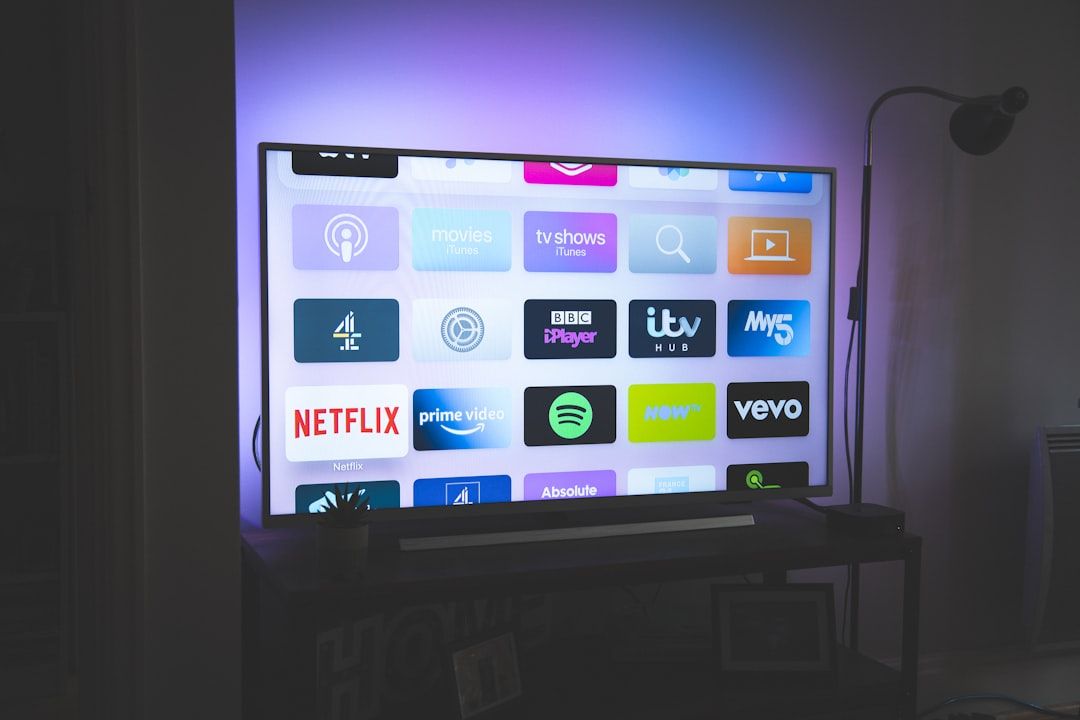As the modern workplace evolves, so too does the way businesses oversee employee activity. With hybrid and remote work models becoming more common in the U.S., adopting an employee monitoring system is no longer a luxury—it’s a necessity. These systems help enhance productivity, ensure compliance, and boost security without micromanaging your team. But how do you choose the right one for your business? Let’s explore the key features and considerations to guide your decision.
Why Employee Monitoring Matters
Monitoring employee activity offers a range of benefits: it supports higher productivity, reduces data breaches, detects insider threats, and ensures employees remain compliant with company policies. However, effective monitoring goes beyond tracking time—it’s about gaining insight into workplace behaviors and optimizing your company’s operations.

Must-Have Features in an Employee Monitoring System
When selecting the best monitoring solution, knowing what to look for can make all the difference. Below are several essential features that every serious U.S. business should consider:
- Time Tracking: Automatic clock-in/clock-out, idle time detection, and task duration monitoring help enforce accountability and optimize workflows.
- Application & Website Usage: Monitor which apps and websites employees use, categorizing them as productive or unproductive based on roles.
- Screenshot Capture: Randomized or rule-based screenshots help visually verify work without excessive intrusion.
- Keystroke Logging: While controversial, limited keystroke tracking can provide context around how certain apps and tools are used. Compliance with legal standards is a must.
- Activity Level Reports: Quantify employee engagement with metrics like mouse movement and typing frequency for performance evaluation.
- Data Storage & Cloud Integration: Secure storage and seamless integration with tools like Slack, Microsoft Teams, and Google Workspace add value.
Compliance & Ethical Concerns
Choosing a system that is compliant with U.S. laws—and ethical—is crucial. Legal guidelines such as the Electronic Communications Privacy Act (ECPA) provide a framework for monitoring. Transparency is essential: employees must be aware that they’re being monitored and understand what data is collected.
To maintain trust and morale, implement policies that clearly outline the scope of monitoring and its intent. Monitoring should enhance productivity, not create a culture of surveillance.
Customization and Role-Based Access
Not all employees perform the same tasks, so your monitoring system should be customizable based on job roles. Good employee monitoring solutions allow:
- Different monitoring levels for departments or roles
- Custom alerts based on project or task type
- Access controls to prevent misuse of data
By tailoring the system, you focus on work-critical insights rather than overwhelming managers with irrelevant data.
Onboarding, Training, and Support
Another core consideration is how easy it is to adopt and use the system. Choose software that offers:
- Intuitive Interface: A user-friendly dashboard is vital for efficient management.
- Employee Onboarding: Clear guidelines and training resources help employees understand what is tracked and why.
- Technical Support: Responsive customer service and troubleshooting resources can save hours and headaches.

Scalability and Pricing
Your monitoring needs will change as your company grows. Make sure to pick a solution that is scalable, from a few users to hundreds. Also, watch for hidden costs. Many platforms charge based on number of users, data storage, or feature tiers. Look for services with:
- Transparent pricing plans
- Free trials or demos
- Flexible contracts with no long-term commitment
Top Employee Monitoring Tools in the U.S.
There are several excellent platforms popular among American businesses. While preferences vary based on company size and industry, here are a few reputable names:
- Teramind: Known for advanced analytics and insider threat detection.
- Time Doctor: Popular among remote teams for easy time tracking and behavior reports.
- Hubstaff: Offers integrations with project management tools and location-based tracking.
- ActivTrak: Provides behavior analytics and has a strong focus on privacy.
Final Thoughts
Choosing the right employee monitoring system is as much about boosting performance as it is about fostering transparency and trust. With the right tool, U.S. businesses can improve operational efficiency, meet compliance requirements, and build a culture of accountability. Evaluate your company’s specific needs, involve your HR and IT teams, and always prioritize ethical practices. When done right, monitoring isn’t invasive—it’s empowering.

